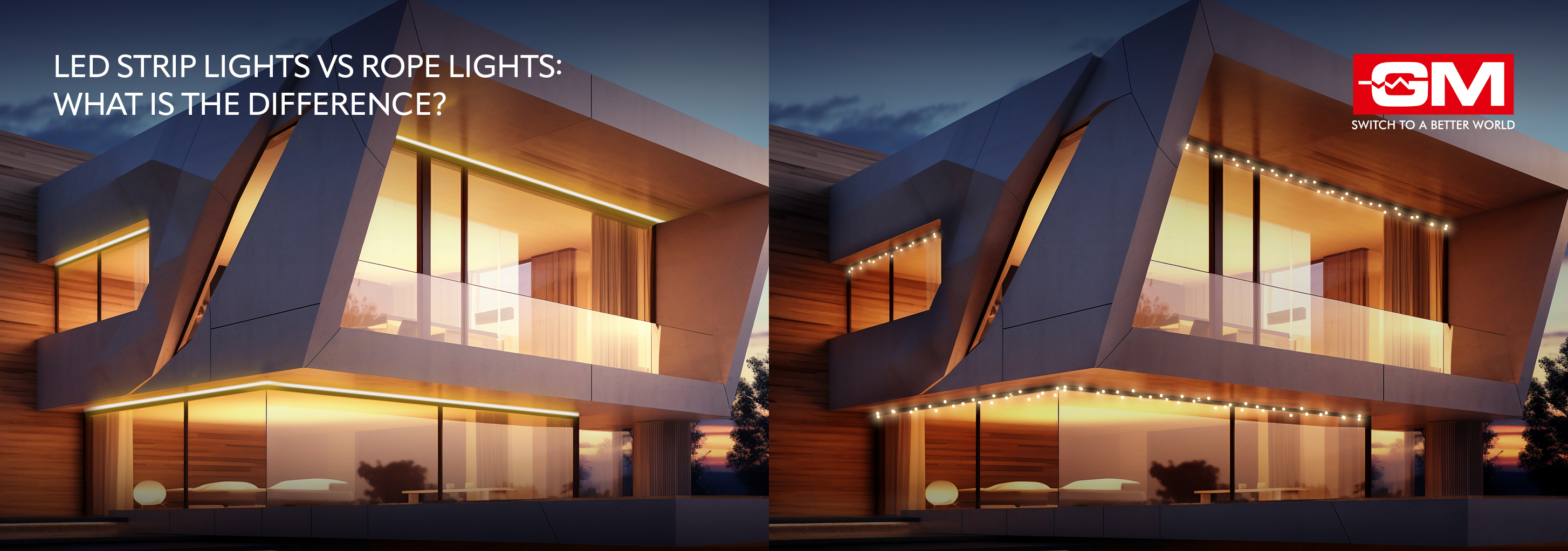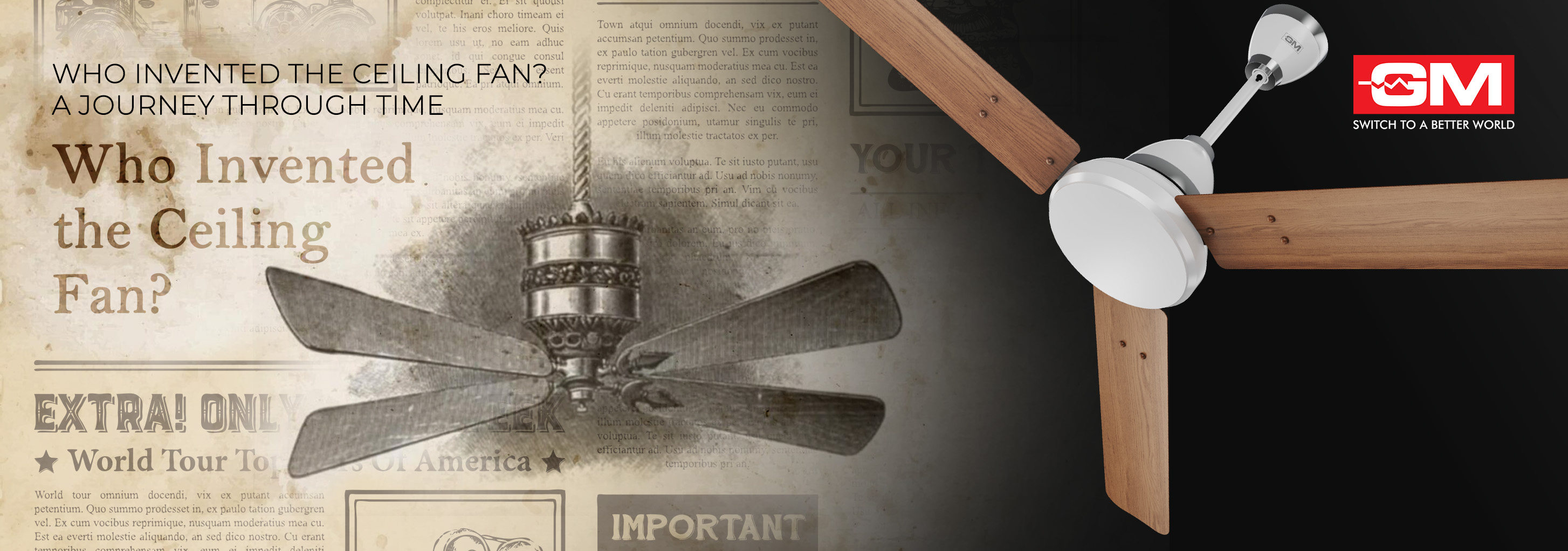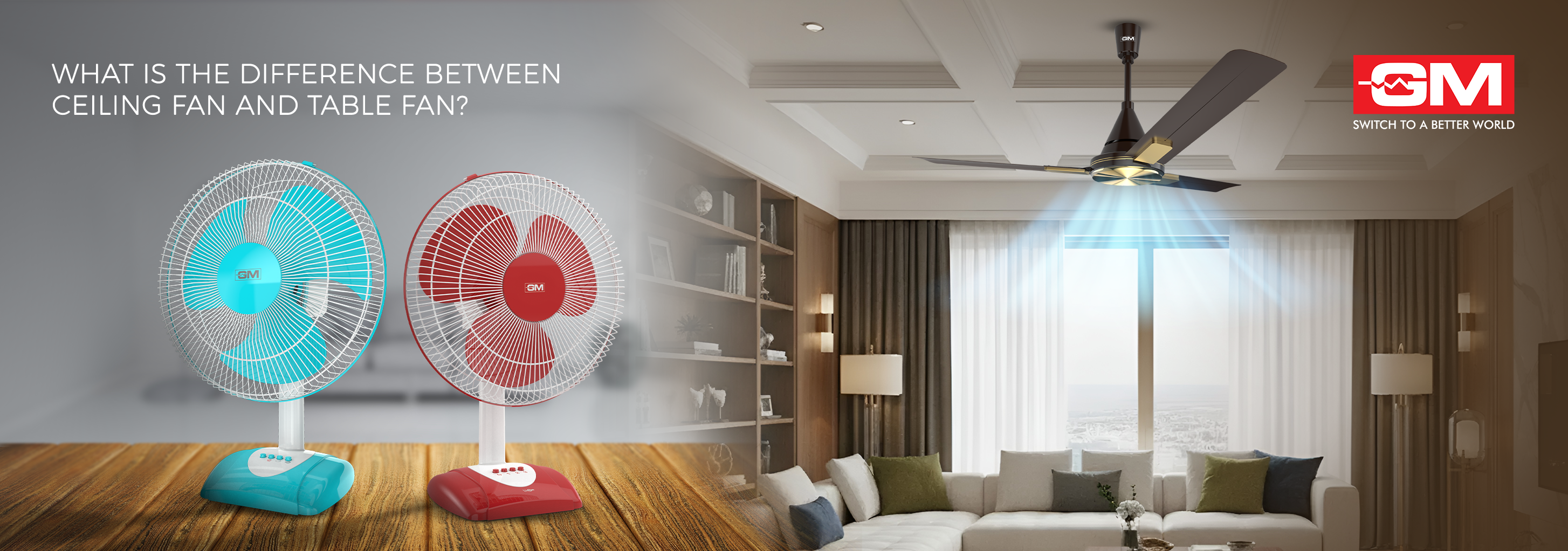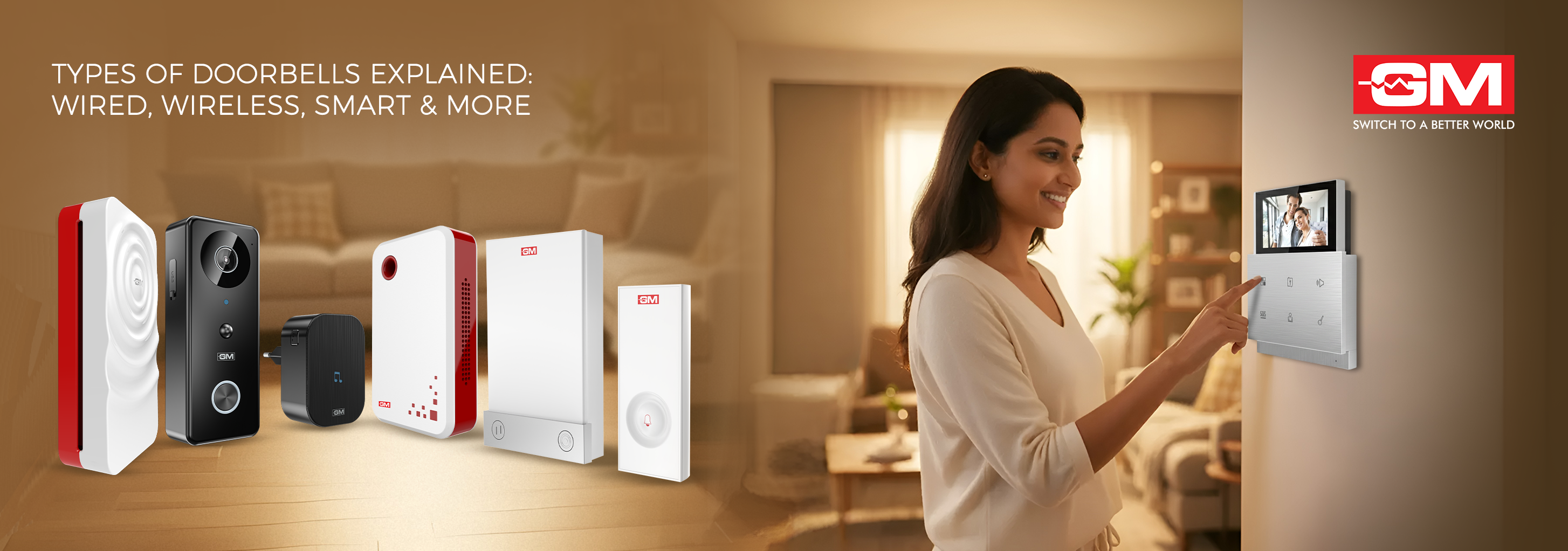Blog
LED Strip Lights vs. Rope Lights: What is the Difference?
Updated on Apr 2025

When it comes to choosing the right lighting for your space, both LED strip lights and rope lights are popular options, each offering unique benefits for different applications. Understanding the differences between these two lighting solutions (led strip light vs rope light) can help you make an informed decision based on your specific needs, whether for aesthetic enhancement, functional lighting, or a combination of both.
Structure and Appearance
- LED Strip Lights: These are made up of small LEDs fixed directly onto a flat, flexible circuit board. This setup allows for a concentrated and directional light output. LED strip lights are typically available in various color temperatures and can include color-changing options. They are ideal for direct lighting applications where you want to highlight specific areas with bright, clear light.
- Rope Lights: Rope lights consist of small lights encased in a round, flexible plastic jacket, which diffuses the light and gives it a soft, omni-directional glow. This makes them perfect for ambient lighting, as they create a warm halo effect that is less about visibility and more about mood.
Flexibility and Installation
- LED Strip Lights: Known for their extreme flexibility, LED strip lights can be cut to specific lengths and fitted into tight spaces or around corners. They come with adhesive backing for easy installation, making them ideal for DIY projects around the home.
- Rope Lights: While also flexible, rope lights are generally better suited for straightforward applications such as outlining spaces. They are less customisable than LED strips, as they cannot be cut to size without potentially damaging the circuit.
Brightness and Energy Efficiency
- LED Strip Lights: These lights are brighter and more focused, providing illumination that is capable of serving as task lighting in addition to accent lighting. They are also more energy-efficient, which can be a crucial factor for those looking to reduce their energy consumption.
- Rope Lights: Generally, rope lights offer a more muted light compared to LED strip lights. They are better suited for decorative purposes rather than functional lighting due to their softer and less intense output.
Customisation
- LED Strip Lights: The ability to cut strip lights to precise lengths and the availability of various colours and brightness levels make LED strips highly customisable. They can be used for intricate designs in both indoor and outdoor settings.
- Rope Lights: Offering a uniform light source, rope lights are less versatile in terms of customisation. They are typically used for straightforward, linear arrangements and are available in fewer colour and brightness options compared to strip lights.
Durability and Usage
- LED Strip Lights: These are generally more delicate and suitable for indoor use unless specified as outdoor-rated. They require careful handling during installation to avoid damaging the LEDs or circuitry.
- Rope Lights: Encased in durable, weather-resistant plastic, rope lights are inherently more robust and better suited for outdoor environments. They can withstand various weather conditions, making them ideal for exterior perimeter lighting.
Cost Considerations
- LED Strip Lights: Generally, LED strip lights are more expensive than rope lights due to their higher luminosity and energy efficiency. However, they offer greater longevity and lower long-term energy costs, which can offset the initial investment.
- Rope Lights: While typically more affordable upfront, rope lights may not provide the same energy efficiency or tailored features that LED strip lights offer, potentially leading to higher operating costs over time.
Choosing between a led rope light and a led strip light ultimately depends on your specific lighting needs. If you require precise, customisable, and bright lighting, LED strip lights are the ideal choice. Conversely, if you need soft, ambient lighting that is easy to install and cost-effective for large areas, rope lights might be the better option.
Both lighting types offer unique advantages and can significantly enhance the aesthetic and functionality of your space when used appropriately. By considering the differences between rope lights and strip lights above, you can select the best option from GM Modular, ensuring that it aligns with your project's requirements and budget. Ultimately, this investment will help ensure optimal lighting outcomes for any environment.
For a step-by-step guide on setting up your LED strip lights, check out our blog on How to Connect and Install LED Strip Lights.
Related Blogs

Who Invented the Ceiling Fan? A Journey Through Time
Ceiling fans are a quiet yet transformative part of life at home, offering comfort, style, and energy savings all year round. But not many of us know about the invention of the ceiling fan and how this humble device revolutionised modern living. To a
Read More
What is the Difference Between a Ceiling Fan and a Table Fan?
Fans are easy to use and save energy, so most people use them to keep a room cool and comfortable. But before you buy one, you should know what makes a ceiling fan different from a table fan. They both move air, but they do it in very different ways
Read More
Types of Doorbells Explained: Wired, Wireless, Smart, and More
A doorbell is one of the most important parts of a home or office, but it's also one of the most common things that people forget about. It not only lets visitors know you're home, but it also makes your space more convenient, safe, and stylish. The
Read More
How to Use a Steam Iron Safely and Effectively?
No matter if you're going to work, a meeting, or a party, wearing a crisp, wrinkle-free outfit can boost your confidence right away. But you need to know how to use a steam iron correctly to get that perfect finish. A steam iron isn't just another ap
Read More